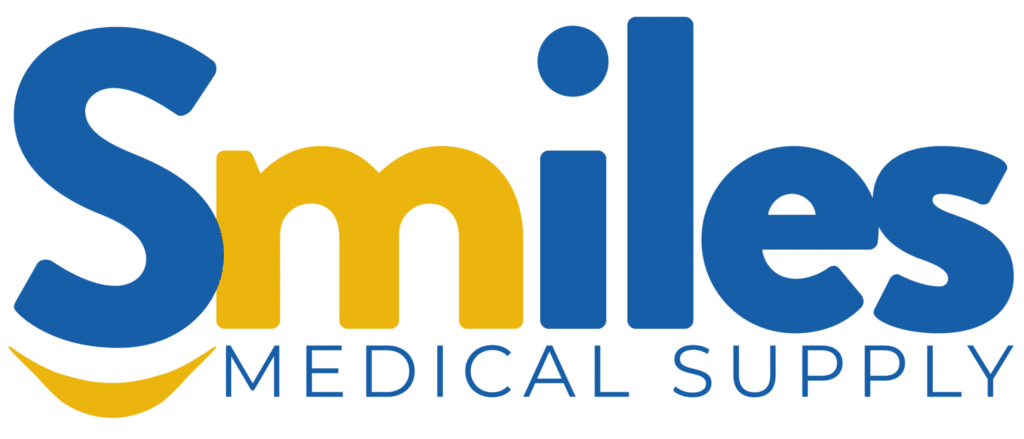Managing diabetes has evolved significantly with the advent of technology like Continuous Glucose Monitors (CGMs). These devices offer real-time glucose tracking, making life easier for patients and healthcare providers alike. However, the process of acquiring a CGM through Durable Medical Equipment (DME) referrals can be complicated. This guide aims to simplify the process of DME referrals for CGMs and provide healthcare professionals with the tools they need to make seamless referrals for their patients.
What is a Continuous Glucose Monitor (CGM)?
A Continuous Glucose Monitor (CGM) is a device that provides real-time readings of blood sugar levels. Unlike traditional finger-stick tests, CGMs are worn continuously on the body, typically on the arm or abdomen, and provide data every few minutes. This continuous data flow helps patients and healthcare providers track blood sugar trends and make informed decisions about treatment, lifestyle changes, and medication adjustments.
CGMs have become essential for people with diabetes, particularly those who require close monitoring to maintain stable blood sugar levels. These devices not only improve patient outcomes but also enhance the quality of life by reducing the number of daily blood sugar checks required.
The Importance of DME Referrals for CGMs
Durable Medical Equipment (DME) refers to medical devices that are used for extended periods, typically in the home setting. For diabetes patients, CGMs fall under this category. However, obtaining a CGM isn’t as simple as walking into a pharmacy. Insurance coverage, medical necessity, and the right referrals are all factors that complicate the process.
For healthcare providers, understanding how to navigate DME referrals for CGM is crucial. An efficient referral process ensures patients receive their necessary devices without unnecessary delays, improving their health outcomes.
Understanding the DME Referral Process for CGMs
The process of DME referrals for CGM can seem daunting, but breaking it down into steps helps ensure that nothing is overlooked. Here’s a simplified guide for healthcare providers:
- Determine Eligibility: Verify the patient’s eligibility for a CGM device. Insurance companies typically require proof that a CGM is medically necessary. This often includes documentation of the patient’s diabetes type, frequency of blood sugar monitoring, and any history of hypoglycemia or hyperglycemia.
- Submit a Prescription: The healthcare provider must write a prescription for the CGM. The prescription should detail the type of CGM device, frequency of sensor replacement, and other pertinent medical details.
- Find an Authorized DME Supplier: Not all pharmacies or medical equipment providers are authorized to distribute CGMs. It’s important to work with a DME supplier that has experience with CGMs and can handle the necessary paperwork and insurance billing.
- Submit Required Documentation: Most insurance companies require specific documentation, including the prescription, medical necessity forms, and possibly patient logs of blood glucose monitoring. Ensure all documents are accurate and complete to avoid delays.
- Follow Up on Authorization: After submitting the referral, follow up with the insurance company and DME supplier to confirm that the authorization process is proceeding smoothly. Delays often happen when documents are incomplete or if further clarification is needed.
- Coordinate Patient Education: Once the CGM is approved, ensure that the patient is trained on how to use the device. Some DME suppliers offer educational services, but it’s essential to confirm that the patient understands how to interpret the data and properly use the device.
Overcoming Common Challenges in DME Referrals for CGMs
The DME referral process for CGMs can face several challenges, especially when navigating the requirements of different insurance providers. Here are some common issues and how to address them:
- Insurance Denials: If a referral is denied, review the insurance company’s criteria for CGM approval. Often, denials occur due to missing documentation or failure to meet specific medical necessity requirements. Ensuring that the patient’s medical records clearly justify the need for a CGM can increase the likelihood of approval.
- Inconsistent Communication: It’s essential to maintain clear communication between the healthcare provider, DME supplier, and insurance company. Miscommunication or delays in sending documents can significantly slow the process.
- Patient Confusion: Patients may not fully understand the steps required to obtain a CGM. Providing them with a clear roadmap of the referral process can reduce their frustration and help them navigate any roadblocks that arise.
Benefits of Streamlined DME Referrals for CGMs
Streamlining the DME referral process for CGM devices not only benefits healthcare providers but also significantly improves patient outcomes. Here are some key benefits:
- Faster Access to Essential Equipment: By streamlining the process, patients can receive their CGMs more quickly, allowing for more effective blood sugar management.
- Reduced Paperwork Errors: A simplified process reduces the chance of errors in documentation, which can lead to fewer delays and denials.
- Improved Patient Satisfaction: When patients can access their CGMs efficiently, it leads to better diabetes management and a higher quality of life.
- Increased Provider Efficiency: Healthcare providers can save time and reduce administrative burdens by understanding and optimizing the referral process.
Key Steps for Smooth DME Referrals for CGMs
To streamline the DME referral process, follow these essential steps:
- Verify the patient’s eligibility and medical necessity.
- Write a detailed prescription for the CGM.
- Identify an authorized DME supplier.
- Submit all required documentation, including the prescription and medical necessity forms.
- Follow up with insurance companies and suppliers to ensure a smooth approval process.
- Provide patient education on CGM use.
Streamlining DME Referrals for CGM Devices: Ensuring Better Patient Outcomes
DME referrals for CGM devices don’t have to be complicated. By understanding the steps involved and preparing the necessary documentation, healthcare providers can streamline the process and ensure their patients receive the life-changing benefits of Continuous Glucose Monitors. By focusing on clear communication, proper documentation, and patient education, the DME referral process becomes a more efficient and less stressful experience for everyone involved.
With the increasing importance of CGMs in diabetes management, healthcare providers must stay informed and proactive in making the referral process as seamless as possible. By doing so, patients can experience improved health outcomes and better quality of life.

